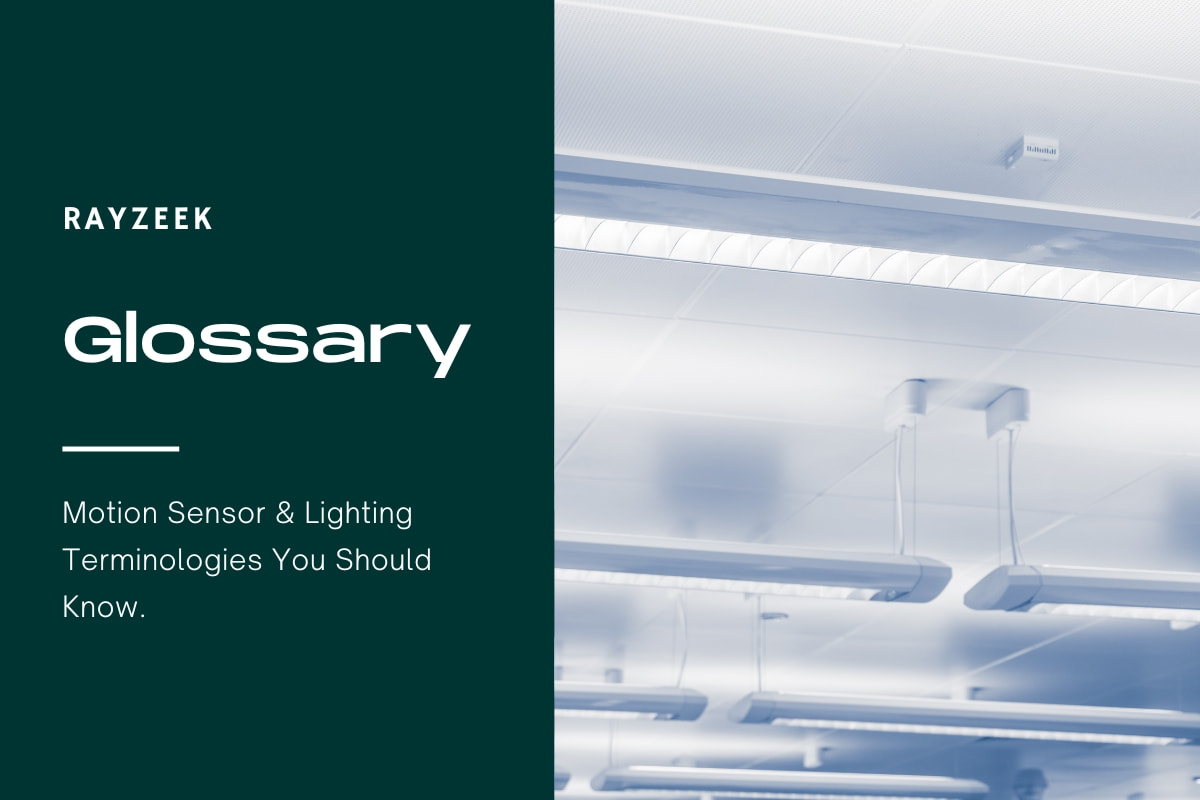What is Luminaire Efficiency
Luminaire efficiency measures how effectively a luminaire (light fixture) emits light compared to the light produced by its lamps. It is expressed as the ratio of the light output emitted by the luminaire to the light output emitted by its lamps. In simpler terms, luminaire efficiency represents the percentage of light produced by the lamps that is actually emitted by the luminaire.
Several factors influence the efficiency of a luminaire. The physical characteristics of the luminaire, such as its shape and the reflectance of its materials, play a significant role in determining how much light is able to exit the luminaire and how much is directed at the intended area. The number and arrangement of lamps inside the luminaire, as well as the use of shielding materials like lenses or louvers, can also impact the efficiency.
Looking For Motion-Activated Energy-Saving Solutions?
Contact us for complete PIR motion sensors, motion-activated energy-saving products, motion sensor switches, and Occupancy/Vacancy commercial solutions.
Luminaire efficiency is an important consideration in lighting systems as it directly affects the overall energy efficiency and performance of the system. However, it is also crucial to strike a balance between efficiency and lighting quality. Overemphasizing efficiency can lead to poor lighting quality and user dissatisfaction. For example, unshielded luminaires with direct distribution at lower mounting heights may have high efficiency in terms of light exiting the luminaire, but they can also cause glare and discomfort for users.
Get Inspired by Rayzeek Motion Sensor Portfolios.
Doesn't find what you want? Don't worry. There are always alternate ways to solve your problems. Maybe one of our portfolios can help.
Frequently Asked Questions
What Type of Lighting Is Most Efficient
There are two primary options for energy-efficient light bulbs: compact fluorescent lamps (CFLs) and light emitting diodes (LEDs). LEDs are the most versatile and widely used lighting solution, capable of replacing dimmable lights and spotlights. Additionally, LEDs are more energy-efficient compared to CFLs.









